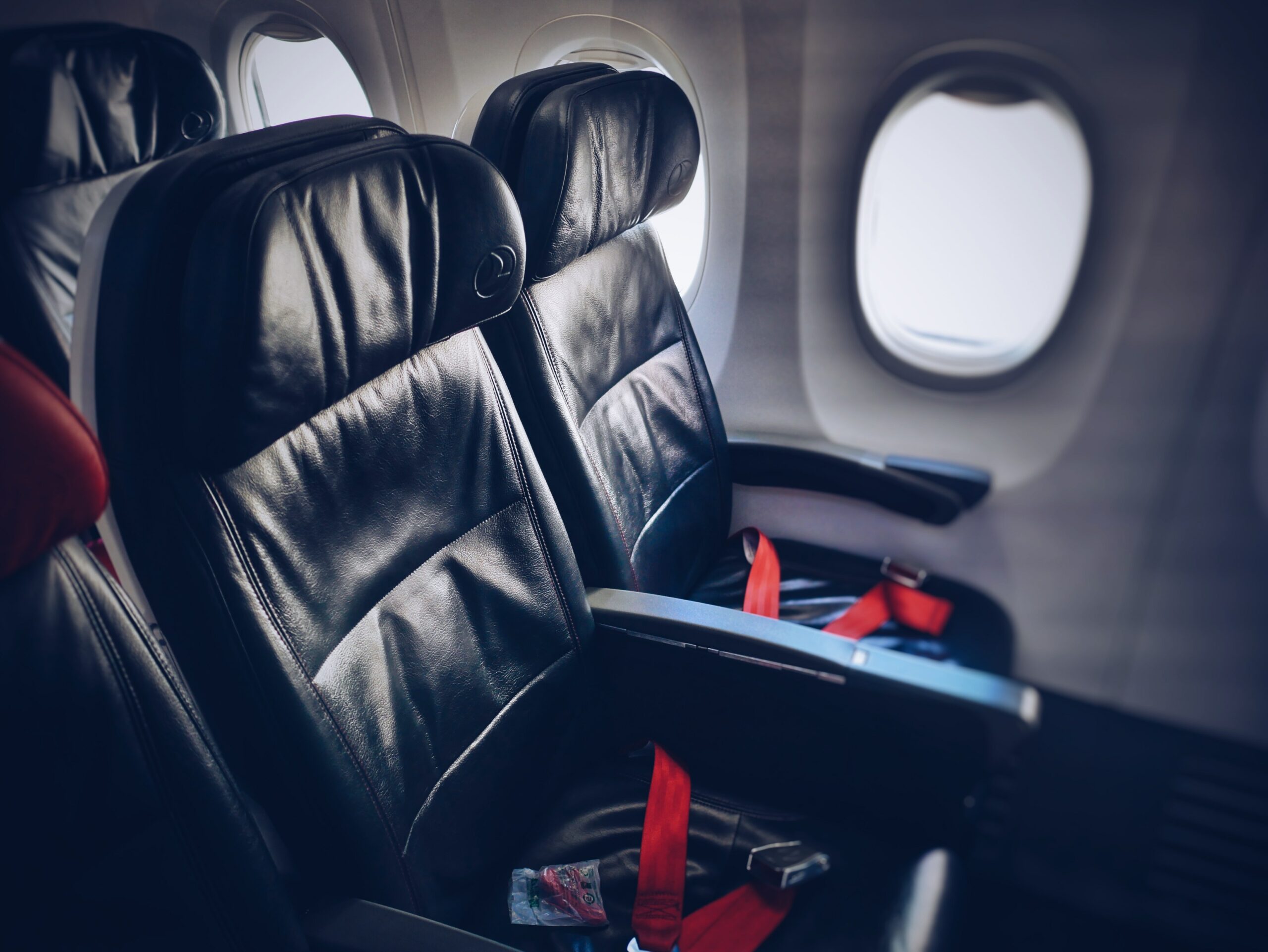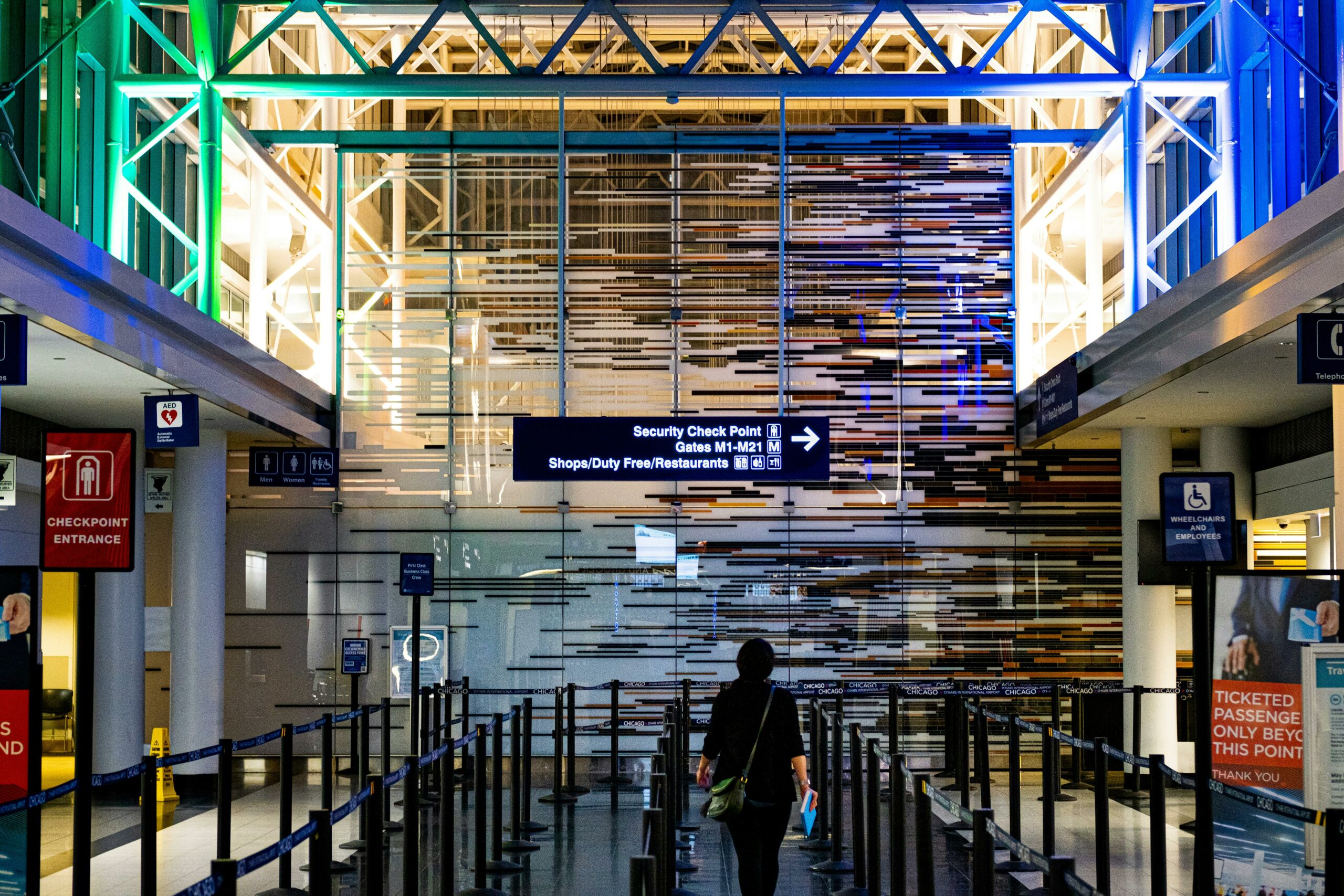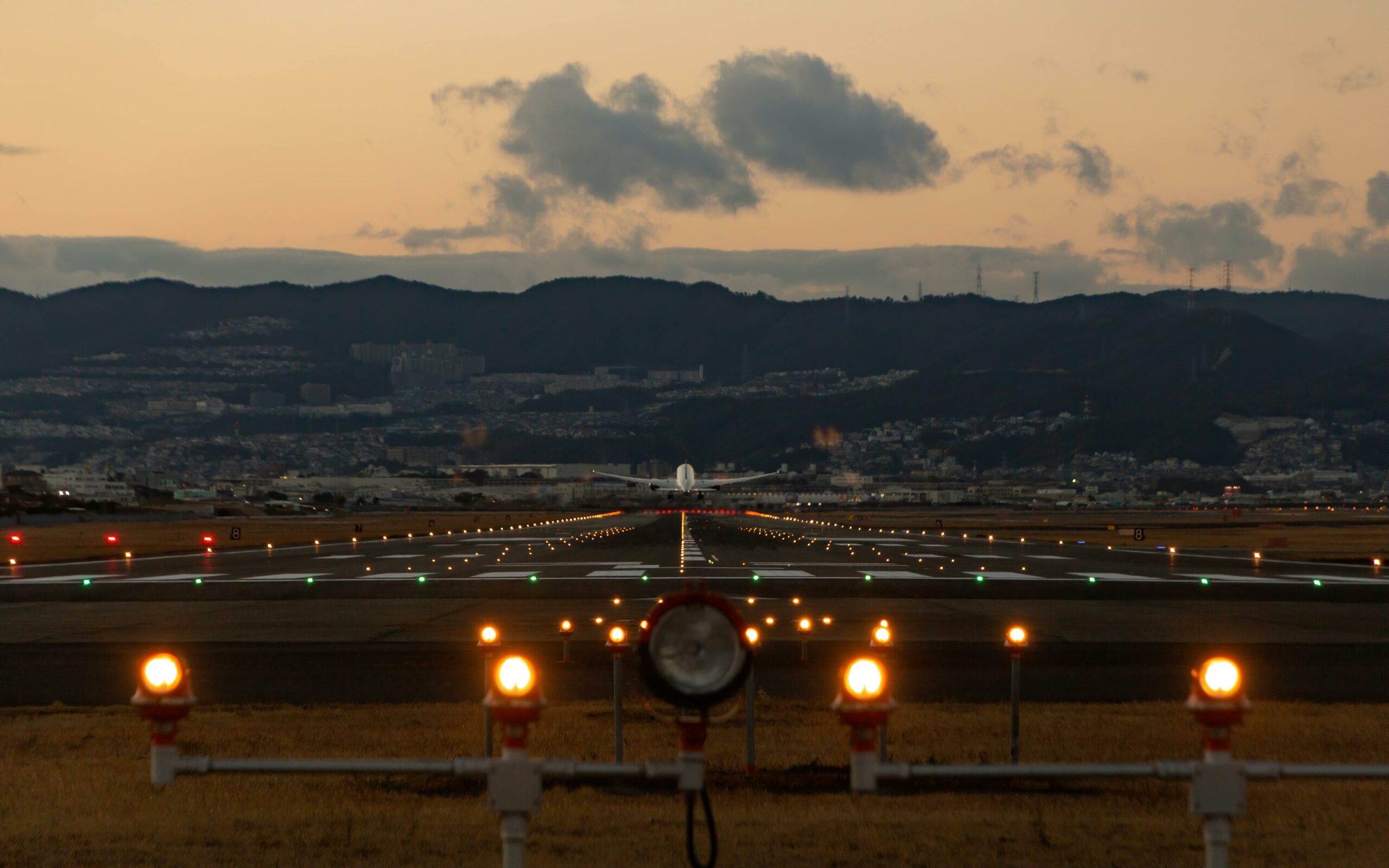States with the Worst Turbulence:
A Comprehensive List

Where was your worst turbulence experience? Turbulence is an inevitable part of air travel, and it can be a bumpy ride for passengers. While some flights are smoother than others, there are certain states in the US where turbulence is more common than others. In this article, we will take a closer look at the states that have the worst turbulence and what makes them more prone to it.
According to data from the Federal Aviation Administration (FAA), Alaska tops the list of states with the worst turbulence. This is due to the state’s unique weather patterns, which can cause sudden and severe turbulence. The state’s mountainous terrain and unpredictable weather conditions also contribute to the problem. Other states that experience a high level of turbulence include Colorado, Wyoming, and Montana, which are also known for their mountainous regions and unpredictable weather.
Despite the discomfort that turbulence can cause, it is important to note that it is a normal and expected part of air travel. Pilots are trained to navigate through turbulence safely, and planes are designed to withstand it. However, it is always a good idea to check the weather forecast before flying to a state known for turbulence to help prepare for any potential bumps in the air.
Related Posts:
Understanding Turbulence
Turbulence is a common phenomenon that can be experienced during flights. It refers to the irregular and unpredictable movements of air that can cause discomfort to passengers and even pose a risk to flight safety. Turbulence can occur due to various factors, including weather conditions, mountain ranges, jet streams, and more.
One of the primary causes of turbulence is weather. Thunderstorms, monsoons, and weather fronts can all cause turbulence due to the changes in air pressure and temperature. Jet streams, which are fast-moving air currents in the upper atmosphere, can also cause turbulence when planes fly through them.
Mountain ranges can also create turbulence, particularly when winds blow over them. This is known as mountain waves and can cause moderate to severe turbulence. Similarly, wake turbulence can occur when planes fly too close to each other, causing vortices that can affect the stability of other planes.
Altitude can also play a role in turbulence. Flights at higher altitudes are more likely to experience turbulence due to the presence of jet streams and other air currents. The equator and the Intertropical Convergence Zone (ITCZ) in the southern hemisphere are also known for their turbulence due to the convergence of warm and cold air.
Pilots are trained to anticipate and navigate turbulence to ensure the safety of passengers and crew. They can use various tools, such as weather radar and the eddy dissipation rate, to detect turbulence and adjust the flight path accordingly. However, turbulence can still be unpredictable and can occur even in clear-air conditions.
In summary, turbulence can be caused by various factors, including weather, mountain ranges, jet streams, and wake turbulence. It can range from moderate to severe and can pose a risk to flight safety. Pilots are trained to navigate turbulence, but it can still be unpredictable and challenging to avoid.
The Worst Turbulence Regions
Turbulence can be a terrifying experience for many passengers. While it is a natural occurrence, some regions are known to have worse turbulence than others. Here are some of the regions that have been known to have the worst turbulence:
North Atlantic
The North Atlantic region is notorious for its turbulence, especially during the winter months. This region is known for its strong jet streams, which can cause severe turbulence. Flights from New York to London often experience turbulence in this region.
The Rockies
The Rocky Mountains in the United States are another region that is known for turbulence. The mountainous terrain can cause turbulence, especially when there are strong winds. Flights to and from Denver often experience turbulence in this region.
The Andes
The Andes mountain range in South America is another region that is known for turbulence. The high altitude and strong winds can cause severe turbulence, especially during the summer months. Flights to and from Santiago, Chile, often experience turbulence in this region.
Europe
Europe is another region that is known for turbulence. The Pennines mountain range in the United Kingdom is a common area for turbulence, as are the Alps in central Europe. Flights to and from major European cities like Paris, London, and Frankfurt often experience turbulence in these regions.
Miami and Cancun
The Caribbean region is known for its beautiful beaches and warm weather, but it is also known for turbulence. Flights to and from Miami and Cancun often experience turbulence due to the region’s tropical weather patterns.
Bangkok and Johannesburg
Bangkok and Johannesburg are two cities that are known for turbulence. Bangkok experiences turbulence due to its location near the equator, while Johannesburg experiences turbulence due to its high altitude.
Mumbai
Mumbai is another city that is known for turbulence. The city experiences turbulence due to its location near the Arabian Sea and the Western Ghats mountain range.
Overall, these regions are known for their turbulence, but it is important to remember that turbulence is a natural occurrence and is usually not dangerous. Pilots are trained to handle turbulence, and modern aircraft are designed to withstand it.
Airports and Flight Routes with Worst Turbulence

Turbulence is a common occurrence during flights, but some airports and flight routes are notorious for having worse turbulence than others. Here are some of the airports and flight routes with the worst turbulence:
United States
Denver International Airport is known for its unpredictable weather, which often causes turbulence during takeoff and landing. The airport is located in an area known for its strong winds and sudden weather changes, making it a difficult airport for pilots to navigate.
Singapore and Hong Kong
Singapore and Hong Kong are both located in areas with frequent thunderstorms and strong winds, making turbulence a common occurrence for flights in and out of these cities. The flight routes between these two cities are particularly notorious for turbulence, as they pass through areas with high levels of turbulence.
Air Traffic Control and Air Traffic Controllers
Air traffic control and air traffic controllers play a crucial role in helping pilots navigate through turbulence. They provide real-time updates on weather conditions and help pilots avoid areas with high levels of turbulence.
Airline Pilots
Airline pilots are trained to handle turbulence and are equipped with the necessary tools and knowledge to navigate through it safely. They use weather forecasting tools and communicate with air traffic control to avoid areas with high levels of turbulence.
Federal Aviation Administration
The Federal Aviation Administration (FAA) is responsible for ensuring the safety of air travel in the United States. They provide guidelines and regulations for pilots and airlines to follow during flights, including guidelines for navigating through turbulence.
In conclusion, while turbulence is a common occurrence during flights, some airports and flight routes are known for having worse turbulence than others. Pilots, air traffic controllers, and the FAA all play important roles in ensuring the safety of air travel during turbulent conditions.
Effects of Turbulence on Passengers and Crew

Turbulence can be a scary experience for passengers and crew alike. It can cause discomfort, injuries, and even danger to those on board. When flying through bumpy air, passengers are advised to keep their seat belts fastened at all times, even when the seat belt sign is turned off.
In severe cases, turbulence can cause injuries to passengers who are not properly secured in their seats. Crew members can also be injured if they are not properly secured in their seats or if they are walking around the cabin during rough air.
Pilots are trained to avoid dangerous weather conditions, such as hurricanes and severe storms, but sometimes turbulence can be unexpected. To help mitigate the effects of turbulence, pilots use pilot reports and weather forecasts to plan their routes and avoid areas of rough air.
In the cockpit, pilots have access to a database of turbulence reports from other pilots to help them plan their flights. They can also communicate with air traffic control to receive updates on weather conditions and adjust their flight paths accordingly.
Passengers can help themselves by following the instructions of the flight crew and keeping their seat belts fastened during the entire flight, even during smooth air. It is also a good idea to check the weather forecast before flying and to choose a seat over the wings, where turbulence is typically less severe.
Related Posts:

